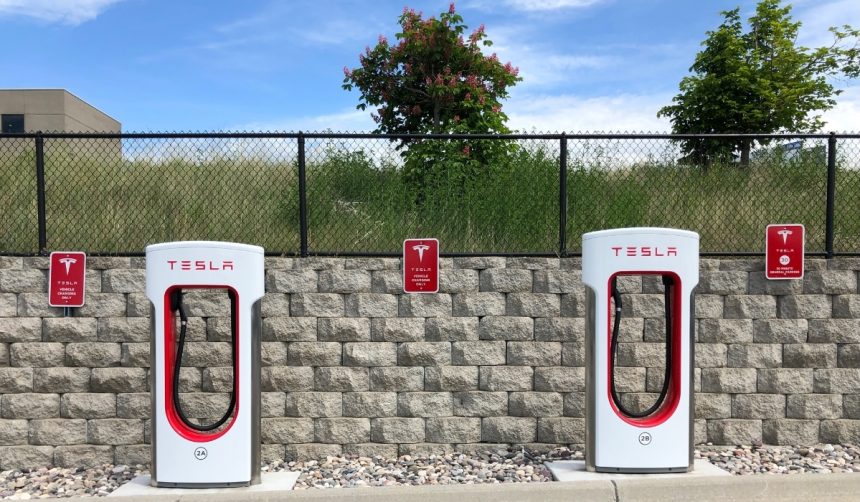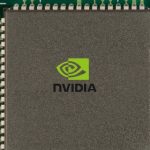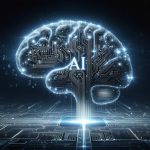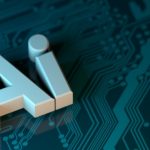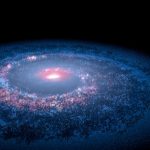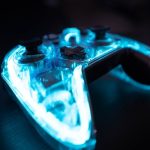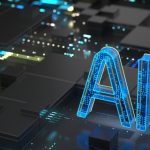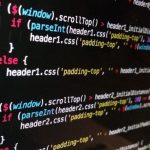Tesla’s decision to shift away from radar and other sensors in favor of a camera-centric system called Tesla Vision has continued to spark discussion in the autonomous vehicle industry. Recent comments from CEO Elon Musk highlight ongoing skepticism toward LiDAR and radar technologies, driving renewed attention to the debate over the safest and most effective path to self-driving cars. Companies like Waymo, Motional, Aurora, and Zoox, in contrast, remain firmly committed to outfitting their vehicles with LiDAR systems. Interest in the reliability and safety implications of these different approaches has prompted further analysis among industry observers. The debate is adding new dimensions to how consumers and regulators assess advanced vehicle technologies in varied conditions.
Statements from industry executives in recent years have mostly centered on the reliability of sensors in variable weather and driving scenarios. Waymo has promoted LiDAR’s capabilities to discern objects, even in poor visibility, while Tesla has consistently defended its vision-only strategy as being simpler and less prone to confusion from conflicting sensors. Musk has argued for years that approaches relying on fusion of LiDAR, radar, and cameras could introduce uncertainty, especially when sensors diverge in their readings. Testing and results from real-world deployments continue to vary, sometimes depending on specific environmental or geographic conditions, and the industry remains divided over long-term sensor strategies.
Tesla’s Shift to Camera-Only Systems
Tesla formalized its move away from radar in favor of cameras with its Tesla Vision system, which has now been standard across its newer vehicles. As Elon Musk put it,
“We turned off radars in Teslas to increase safety. Cameras ftw.”
The company asserts that limiting the sensor suite prevents disagreements between LiDAR, radar, and cameras, which Musk labels as “sensor contention.” This shift sets Tesla apart from competitors who take a multi-sensor approach to automated driving technology.
Does Sensor Fusion Introduce More Risk?
Elon Musk has reinforced his position that integrating LiDAR and radar can lead to dangerous ambiguities. He posits that conflicting data from different sensors can make it hard for vehicle software to decide which source of information to trust, leading to potential safety hazards.
“Lidar and radar reduce safety due to sensor contention. If lidars/radars disagree with cameras, which one wins?”
This emphasis on reducing the sources of input aims to create a more predictable and manageable environment for Tesla’s neural network-focused software.
Performance in Adverse Weather Conditions?
Tesla’s camera-only choice contrasts with companies like Waymo, which continues to rely heavily on LiDAR for object detection and navigation. According to Musk, LiDAR-based systems encounter limitations in conditions such as snow, rain, and dust. He explained that LiDAR performance can be compromised by issues like reflection scatter, often resulting in vehicles pausing operations during heavy precipitation. Musk has stated, “LiDAR also does not work well in snow, rain or dust due to reflection scatter. That’s why Waymos stop working in any heavy precipitation.”
Industry standards for advanced driver assistance systems remain unsettled, with both vision-based and LiDAR-equipped vehicles encountering unique strengths and weaknesses. Regulatory agencies are monitoring real-world data as each approach continues to mature. Consumers who prioritize all-weather adaptability may see distinct value in sensor fusion, but those seeking simplicity and fewer system failures could gravitate toward vision-only systems. Hardware present in the Tesla Model S and Model X remains dormant, reflecting the brand’s preference for optical over radar input in most cases.
Selecting between camera-only and sensor-fusion strategies involves understanding the nature of risks associated with sensor ambiguity, weather resilience, and computational complexities. Musk’s consistent critique of LiDAR and radar is based largely on operational simplicity and avoidance of conflicting data, especially as AI and neural network-based perception continue to advance. Both approaches face scrutiny as they are evaluated on real-world safety records and consistency under challenging conditions. For industry professionals and drivers, monitoring the ongoing performances of both sensor strategies remains crucial to making informed decisions about the evolving landscape of autonomous vehicles.

